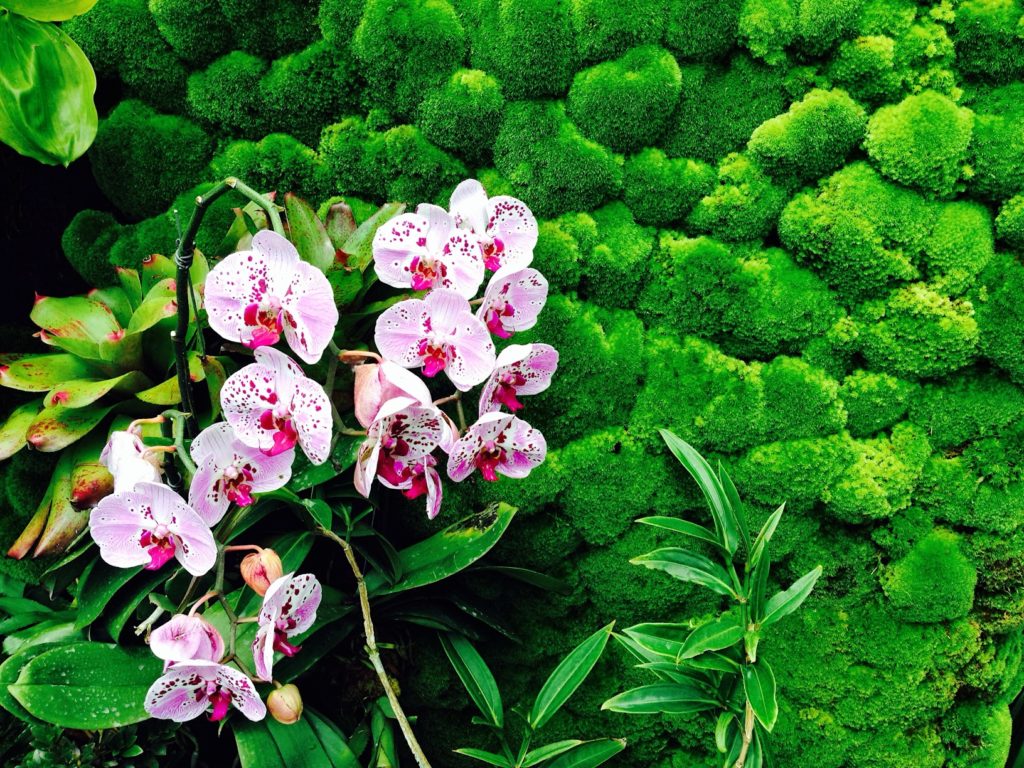Growing orchids can seem daunting but the reality is that successful growing come down to just a few factors. Whether you’re an experienced gardener or just growing your first orchid, these tips will help you produce a gorgeous, flowering plant.
Materials You Need
Before getting started in your adventure in orchid care, make sure you have the right set-up. Avoid fertilizers that include Urea, which does little to benefit orchids. Instead, look for fertilizers based on the formula created by Michigan State University, which has been proven to be optimal for orchids. Orchids cannot grow in dirt but rather need a light, airy mix of soil that allows the orchid to absorb moisture and promotes airflow. Lastly, you should make sure you have the right pot for your orchid. Orchids thrive best in small pots. Clear pots are recommended so you can keep an eye on root-rot and over-watering.
Optimal Environment
Orchids are sensitive plants that need a specific mix of humidity, temperature, and light to thrive. The optimal humidity for orchids depends on the amount of airflow to your orchid. If your orchid has light, airy soil and plenty of air movement, you should cluster your orchids close together or place your orchid on a humidity tray so that the plant won’t get too dry. However, if the airflow to your plant is not so optimal, you should limit the humidity to avoid rot. The temperature must be consistent and most orchids will do well in moderate temperatures, but further research should be done on your particular variety, as some orchids prefer colder or warmer temperatures. The amount of light needed for orchids depends on the type of orchid. High-light orchids do not thrive in direct sunlight but grow best in open shade, while low light orchids need less light. Neither type does well in extremes of light and darkness.
Care
Orchids should be watered around once a week, and should be water liberally. Perhaps bring your orchid to the sink and allow water to flow freely over the plant. Before pruning, make sure to sterilize your shears over a flame. When an orchid has dead or rotting leaves, be sure to remove any rotting or discolored areas in order to prevent the disease from spreading. When re-potting, you will also need to prune dead roots, buds, and leaves. Certain varieties of orchids should be pruned to promote more flowering. After the last flowers die, prune each flower spike from three nodes down.
These Tips in Practice
You can see these guidelines in practice by looking at some of the most common and popular types of orchids. Phalaenopsis is a low-light orchid. Cattleya is an orchid loves heat and humidity. Vanda orchids are sensitive to over-watering and need a lot of airflow. Miltonian orchids love low light, cooler temperatures. Paphiopedilum orchids thrive in low light, high humidity, and warmth.
You are now ready to get started growing your own orchid or caring for your existing orchid. Good luck promoting more growth and health orchids!

